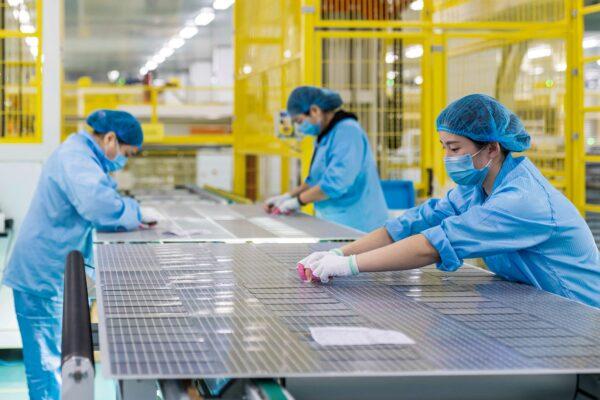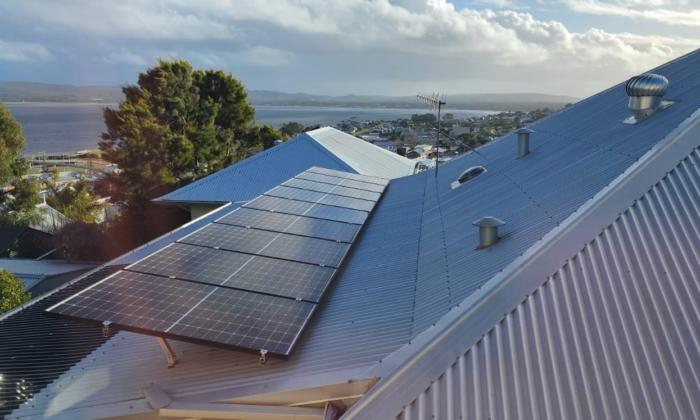The Australian government has been urged to assess the risks involved in the use of foreign-made solar technology to ensure the national power grid is fully protected from targeted cyber-attacks.
James Paterson, the shadow minister for home affairs and cyber security said that 58 percent of the internet-connected solar inverters in Australia came from companies based in China.
The opposition minister warned that the technology, which converts solar energy into electricity, could be exploited by hackers and urged the government to invest in cybersecurity to keep the grid safe.
Beijing Dominates 76 Percent of Global Solar Inverter Market
Mr. Paterson’s comments come after new research from the Cyber Security Cooperative Research Centre (CRC), which shows that Beijing now dominates up to 76 percent of the global solar inverter market.Rachael Falk, security chief executive of CRC, said the danger of foreign-owned cyber inverters did not become obvious until recent years with the advent of “smart” devices.
“Traditionally, cyber risk with solar inverters was low because they were not connected to the internet. However, as the popularity of smart home energy systems has boomed, this has changed, with most solar inverters now web-connected,” she told The Australian.
“While an attack on one home solar system would not impact the grid, scaled, targeted simultaneous attacks could be catastrophic, resulting in a ‘black start’ event.”

The CRC recommended cyber security impact assessments be completed for all solar inverters being sold in Australia and mandatory cyber security ratings be introduced for solar inverters and other devices with the ability to connect to the web and exchange data.
“Solar inverters assessed as having serious cyber security vulnerabilities should be removed from sale and recalled from use, or appropriate security fixes applied if available.”
Mr. Paterson urged the Albanese authority to come up with a plan “before they become too deeply embedded in the grid.”
“Thousands of these products are being installed every week,” he said. “Now the Labor Party is aware of this risk, they’ve talked about this risk but they’ve done absolutely nothing to deal with it and they’re planning to put in 82 percent renewables by 2030 and that will exacerbate it.”
Made-in-China Solar Panels 3 Times More Dirty: Report
Other than security concerns, made-in-China solar panels have also been accused of producing three times more carbon emissions than the United Nations claimed.
Specifically, the IPCC claims that the carbon footprint of solar panels—most of which are made in China—is about 48 grams of carbon dioxide (CO2) per kilowatt-hour (kWh).

However, in a bombshell report, Environmental Progress said that research carried out by Mr. Mariutti suggests the true carbon emissions are closer to 170 grams to 250 grams of CO2 per kWh—between three to five times higher than reported by the U.N.
The IPCC didn’t respond to a request for comment on the report based on independent calculations.




